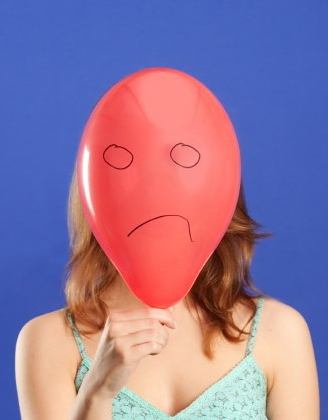 It may seem like we talk about rosacea and redness a lot. The fact is, we do: these chronic skin conditions affect a large portion of our patients who come to us seeking help for their red, irritated skin.
It may seem like we talk about rosacea and redness a lot. The fact is, we do: these chronic skin conditions affect a large portion of our patients who come to us seeking help for their red, irritated skin.
There are countless people who haven’t correctly identified that they are experiencing rosacea. You may have a friend or family member who is struggling with uncomfortably red skin. Do they suffer from rosacea? Besides sending them to a dermatologist, here are the facts you can share:
WHAT IS IT?
Rosacea is a long-term skin condition causing redness. Seen mostly on the face – particularly the cheeks, nose and forehead – it is characterized by a tendency to flush and blush after exposure to triggers such as stress, sunlight and alcohol. Over time, the red areas remain and inflammatory pimples may develop.
WHO DOES IT AFFECT?
Rosacea affects about two million Canadians, mostly ranging in age from 30 to 50 years old, and is most common in fair skinned women.
WHAT CA– USES IT?
While the exact cause is unknown, there may be a connection between genetics and environment. Numerous triggers have been identified by rosacea sufferers. The most common triggers reported include:
sun exposure (81%)
emotional stress (79%)
hot weather (75%)
wind (57%)
intense exercise (56%)
alcohol (52%)
spicy foods (45%)
WHAT ARE THE TREATMENT OPTIONS?
While there is no cure, there are several treatment options for rosacea, which may help reduce redness and inflammation. These include prescription medication, laser treatment and a specific treatment regimen with products formulated especially for sensitive rosacea-prone skin. Depending on the type of rosacea, your dermatologist may recommend one specific course or a combination of therapies.